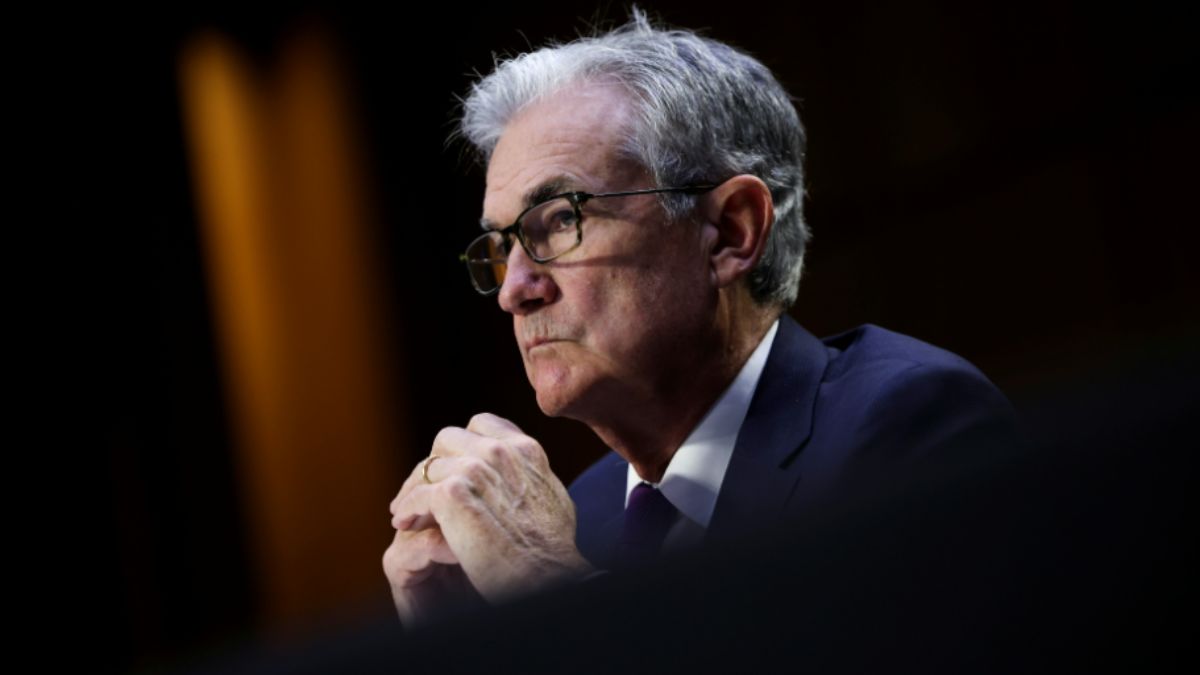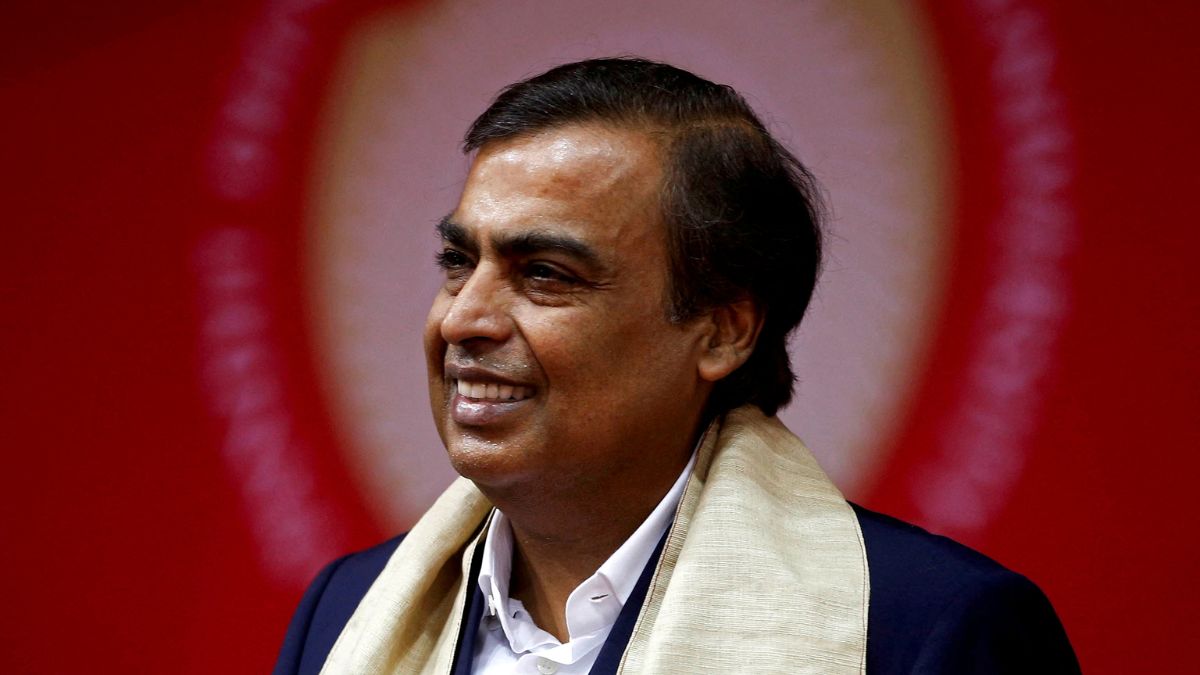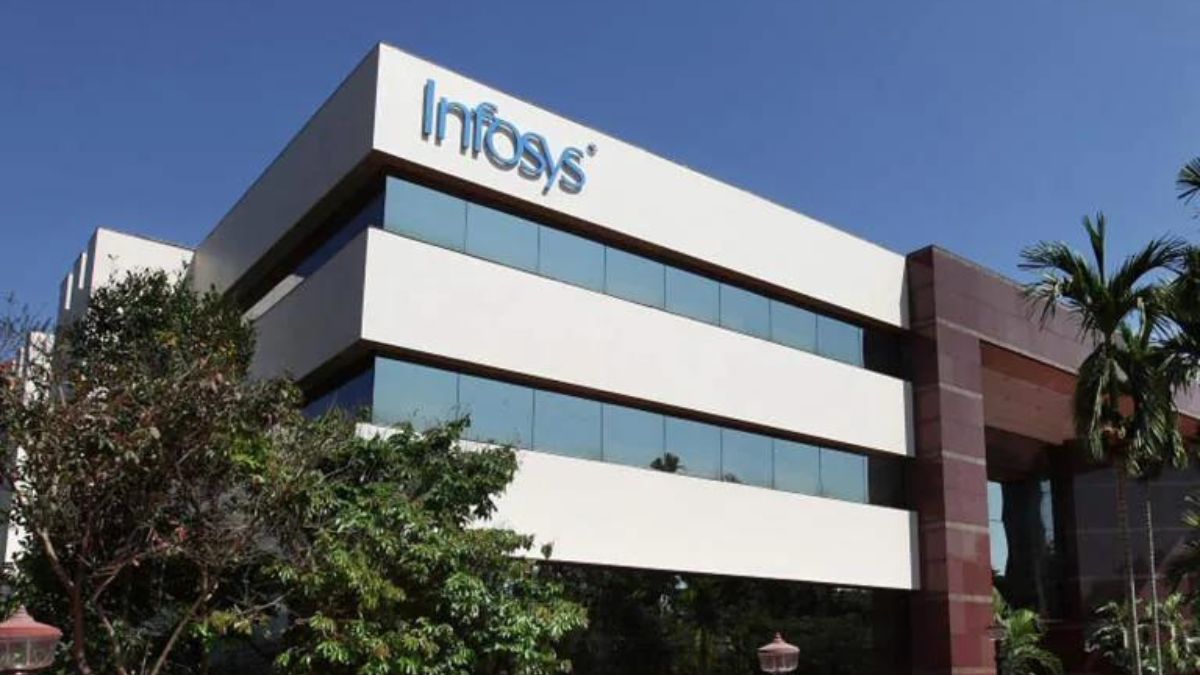In the US, with interest rates at a 23-year-high, paying off home loans and other debt is hitting the citizens’ wallets hard. Yet, the Federal Reserve, the central bank of the country, has decided to not cut the benchmark lending rates. We explain why read more
)
The US Federal Reserve, chaired by Jerome Powell, has not cut interest rates since July 2023. Reuters
Interest rate in the United States are at a 23-year-high. Paying off home loans and other debt is taking a lot more money out of the citizens’ wallets than it used to. Yet, the Federal Reserve, the central bank of the country, has decided to not cut the benchmark lending rates.
In its latest Federal Open Market Committee (FOMC) meeting, the Fed decided to keep the benchmark lending rate unchanged at 5.25-5.50 per cent. The rates have remained unchanged at this level since July 2023.
We explain why the Fed is not slashing the interest rates and providing citizens, and companies, some relief.
Persistent inflation in US
The primary reason that Fed chair Jerome Powell has been citing for not slashing interest rates is due to persistent high inflation. The Fed has set a 2 per cent target for inflation.
In the US, the price rise has not yet shown consistent signs of easing toward this target. Despite a slowdown in inflation from last year’s peak average prices in the US remain well above their pre-pandemic levels. The costs of services, from apartment rents to restaurant meals are still rising.
Powell on Wednesday emphasised that inflation has remained persistently high in recent months and said it has no plans to cut interest rates until it has “greater confidence” that price increases are slowing sustainably to its 2 per cent target.
Powell did strike a note of optimism about inflation. Despite the recent setbacks, he said, “My expectation is that over the course of this year, we will see inflation move back down."
Economic growth and consumer spending
While economic growth only managed to reach an annual pace of 1.6 per cent in the first three months of this year, consumer spending has seen a robust growth pace. which could further fuel inflation if not moderated.
High consumer demand can drive prices upward, complicating the Fed’s efforts to control inflation. This is because they need to divert extra funds towards paying off loans.
On the other hand, lowering interest rates prematurely could exacerbate inflation if not timed correctly. The Fed aims to avoid stimulating the economy further when inflation is already high, as this could lead to even higher inflation, negating the progress made in cooling down the economy.
Strength in the labour market
The labour market in the US has remained strong. The US economy is hiring more people than economists expected. The unemployment rate has been below 4 per cent for over two years straight, which is the longest streak since the 1960s.
A strong labour market means that the demand for workers is high. That gives them the leverage to demand higher wages. Those, in turn, can lead to higher consumer spending and potentially push inflation rates higher.
Still, Powell sketched out a series of potential scenarios for the months ahead. He said that if hiring stayed strong and “inflation is moving sideways,” that “would be a case in which it would be appropriate to hold off on rate cuts."
If inflation were to slow or if unemployment unexpectedly rose, Powell said the Fed would likely be able to lower its benchmark rate.
At their last meeting on March 20, officials had predicted that there would be three rate reductions in 2024, with the first one likely to take place in June. However, due to the continuing high inflation, financial markets now anticipate only one rate cut this year, which is expected to happen in November.
The fear of politicisation
There is a possibility that the Fed may have to reduce interest rates around the time of the 2024 presidential election. That could mean that the economy will see a boost just as incumbent president Joe Biden gets set to fight for his post again.
This could be uncomfortable for the Fed, which, as the independent US central bank, aims to avoid appearing politically biased. The Fed chairman, Jerome Powell, has strongly denied that the election will influence any interest rate decisions. He emphasised that it is not something the Fed takes into account while making such decisions.
With inputs from agencies

 4 months ago
23
4 months ago
23
)
)
)
)
)
)
)
)
)
)
)
)
)
)
)
)
)
)
)
)
)
)
)
 English (US) ·
English (US) ·